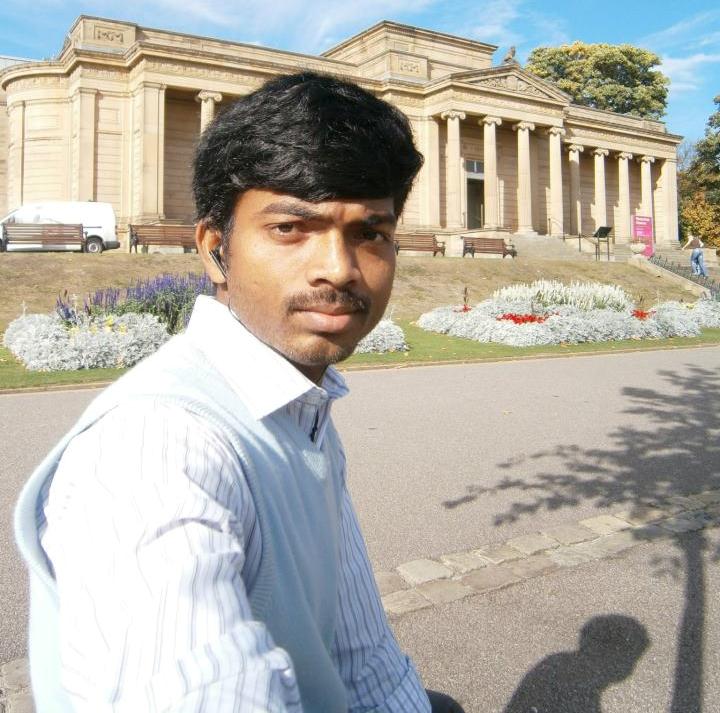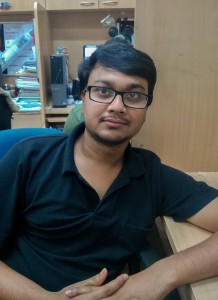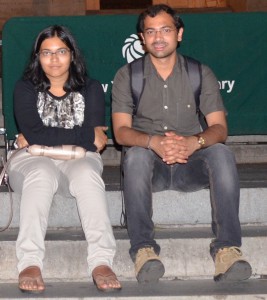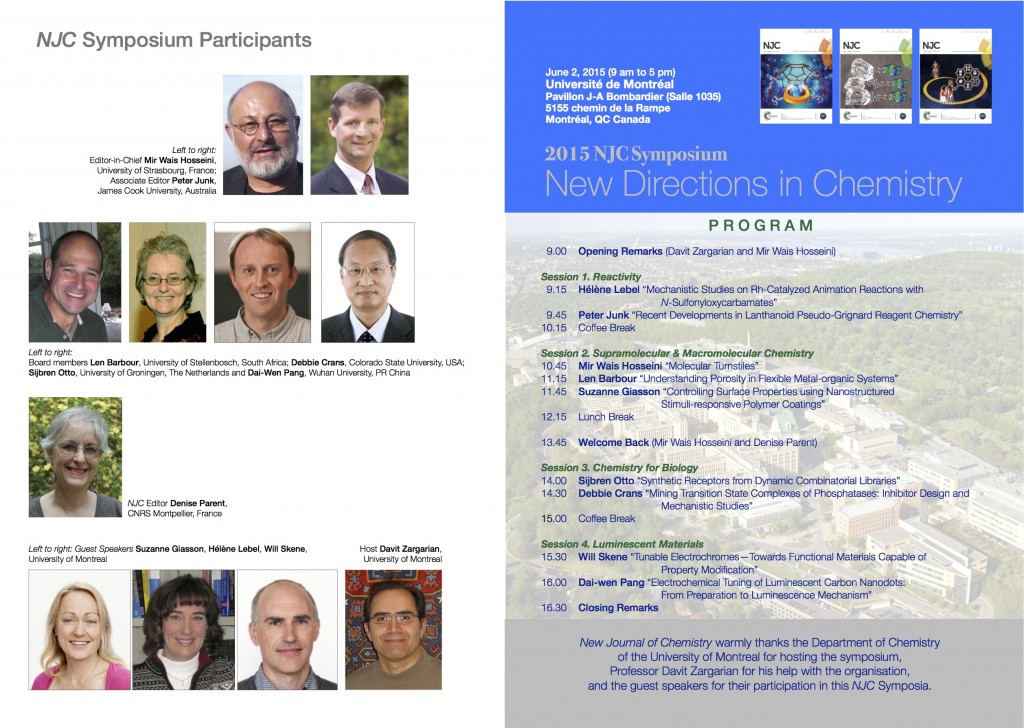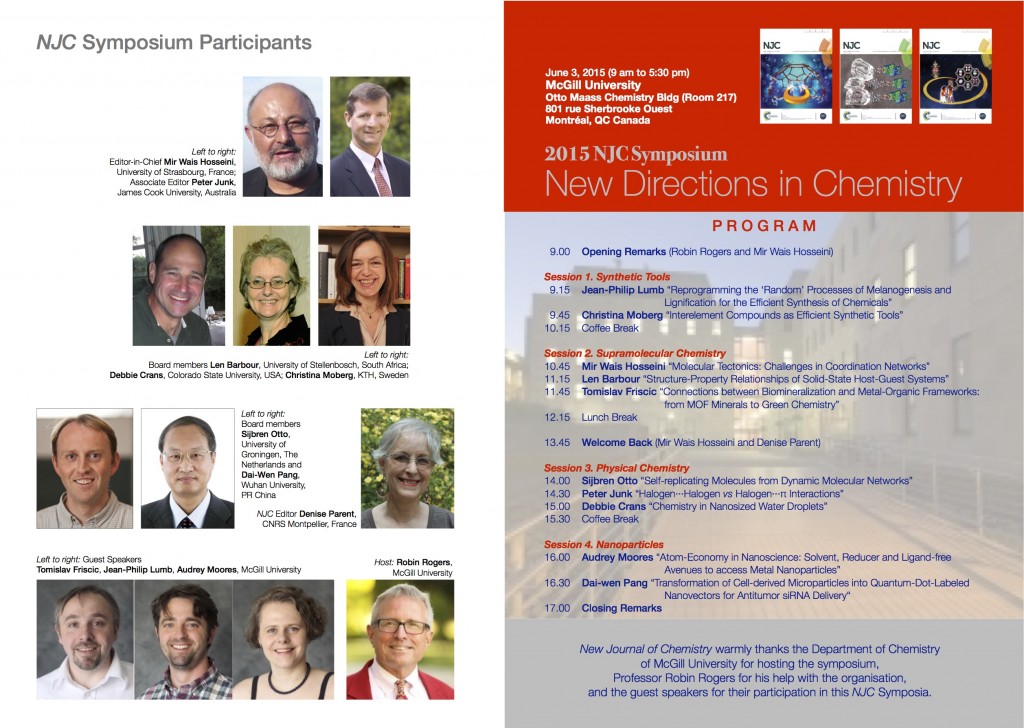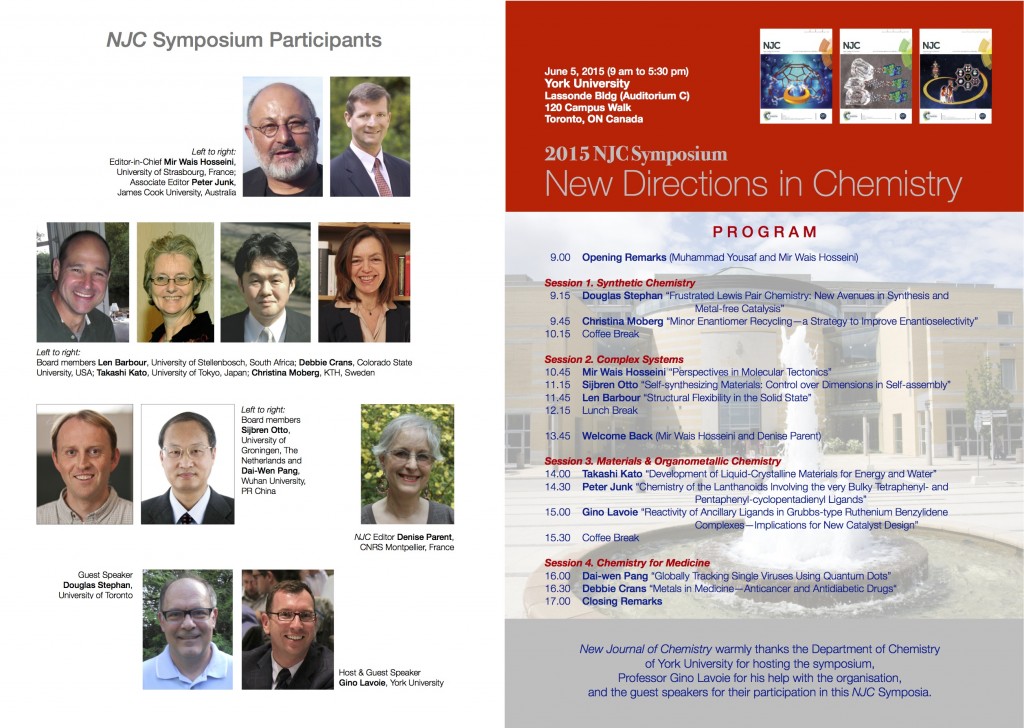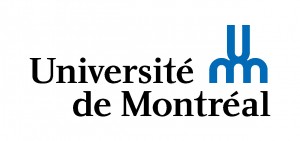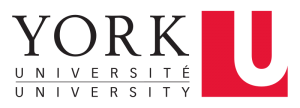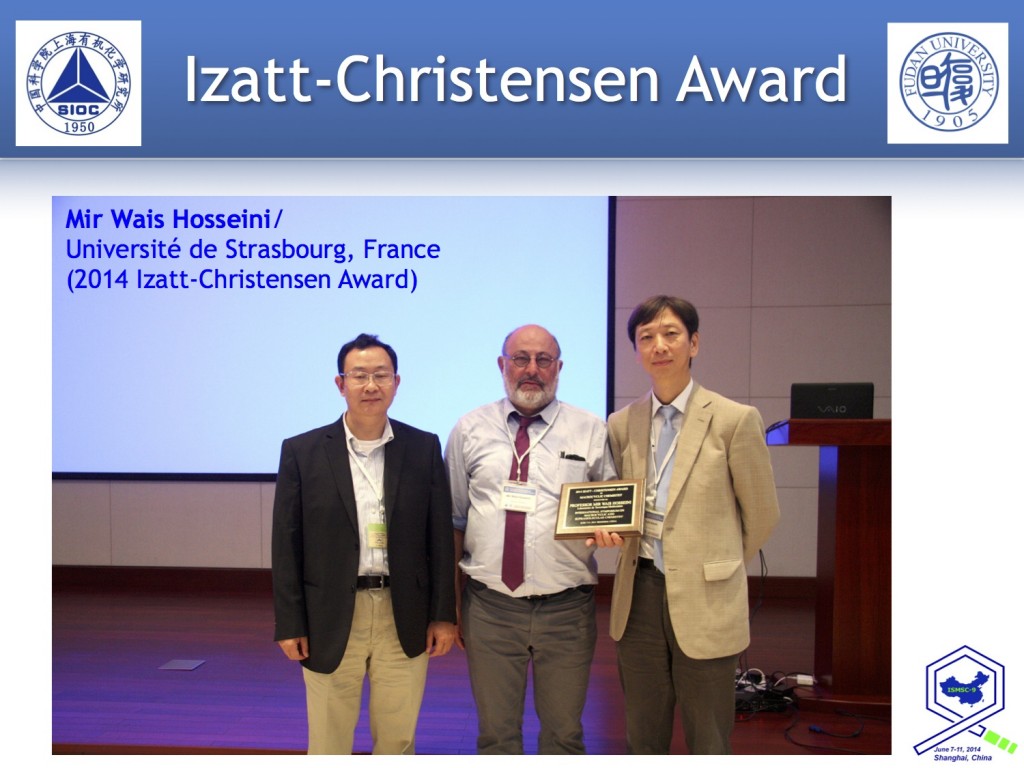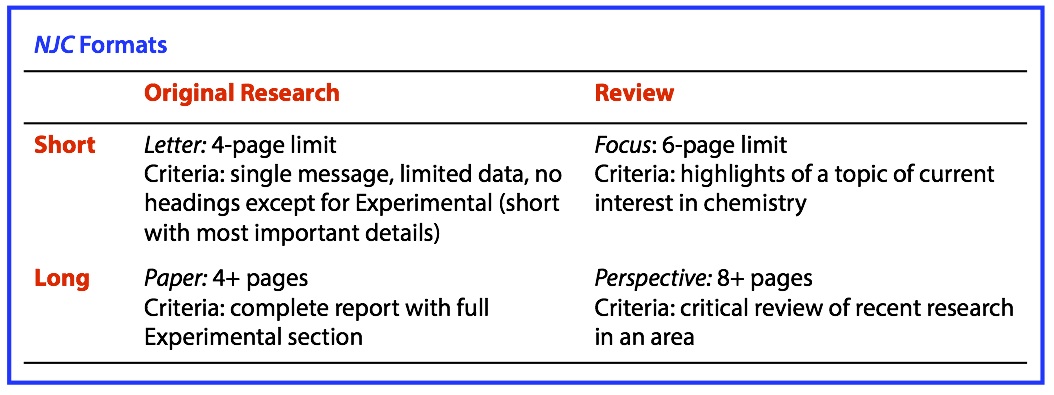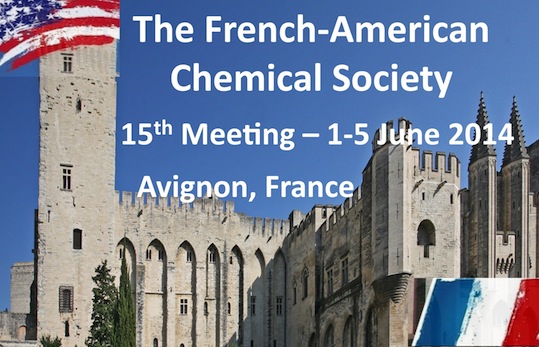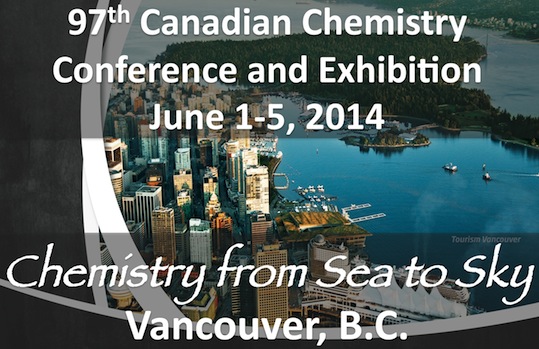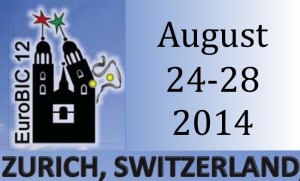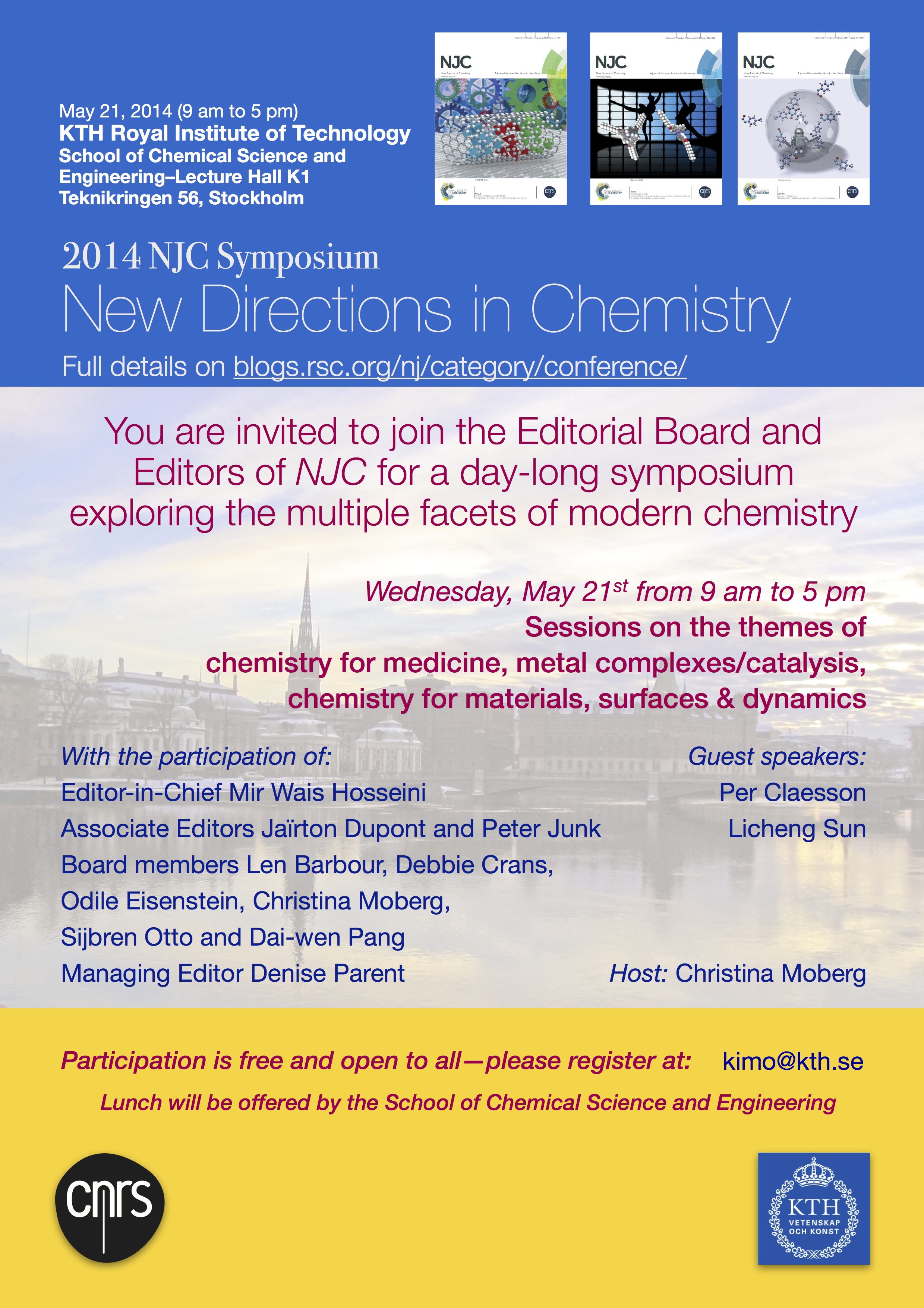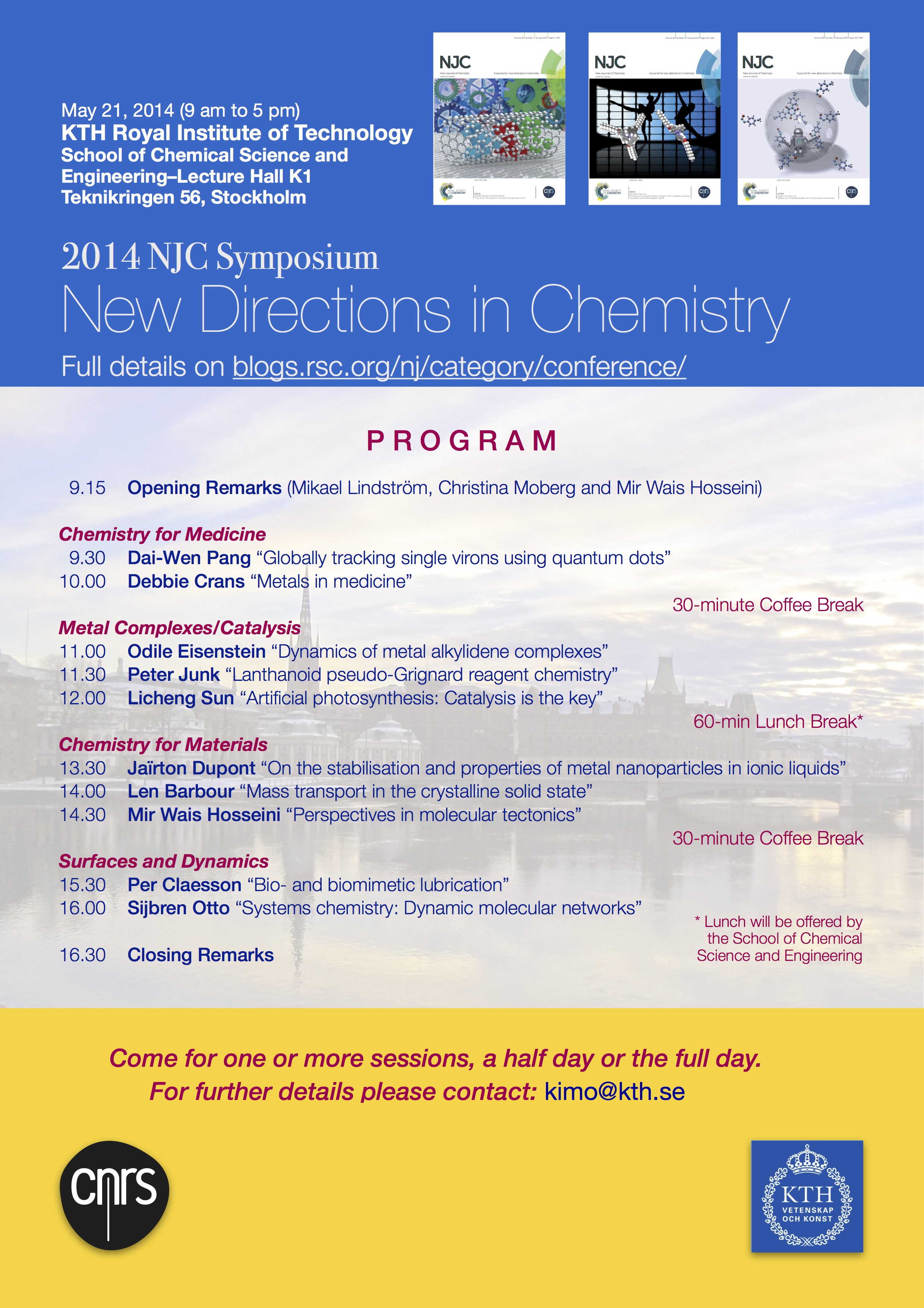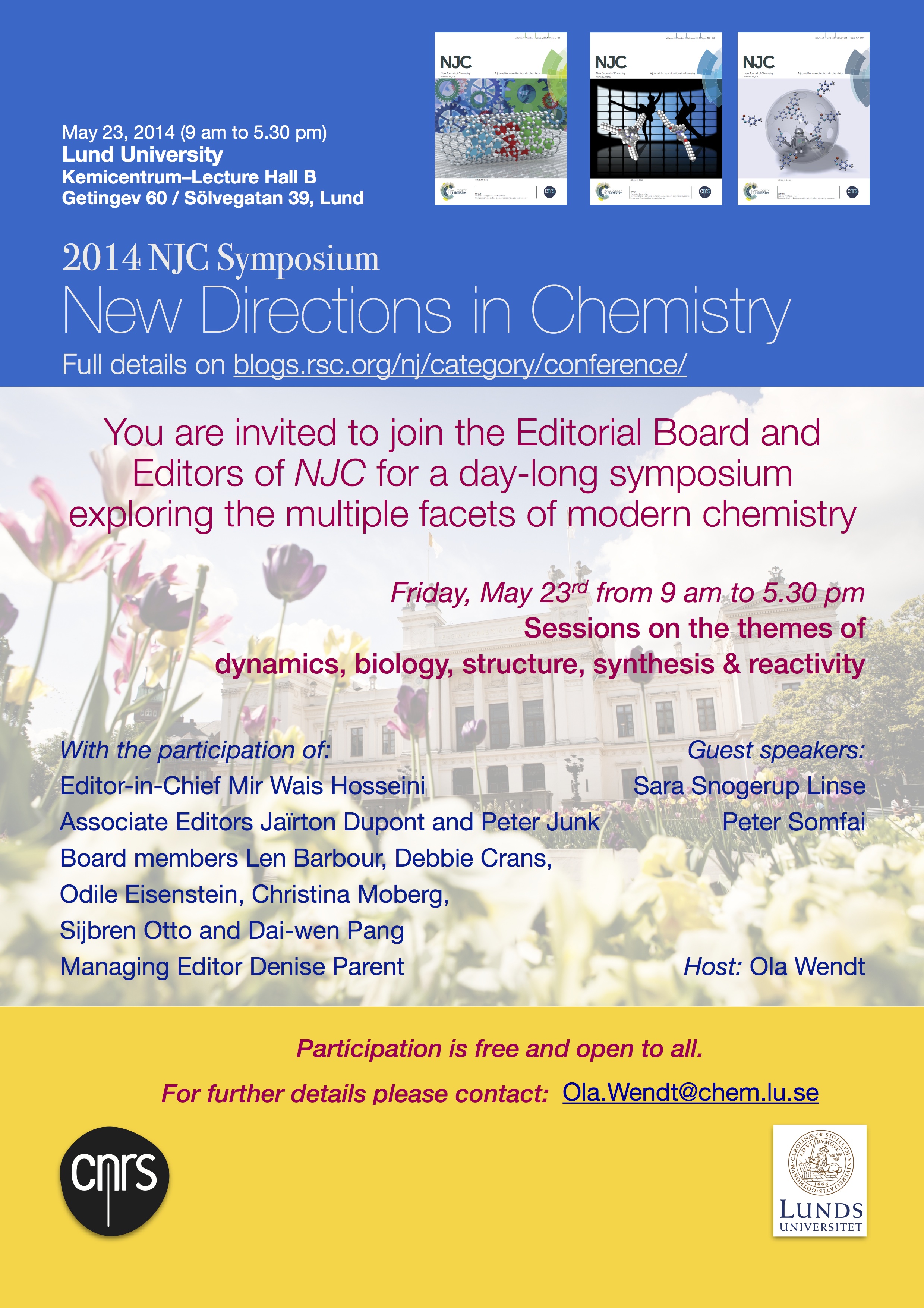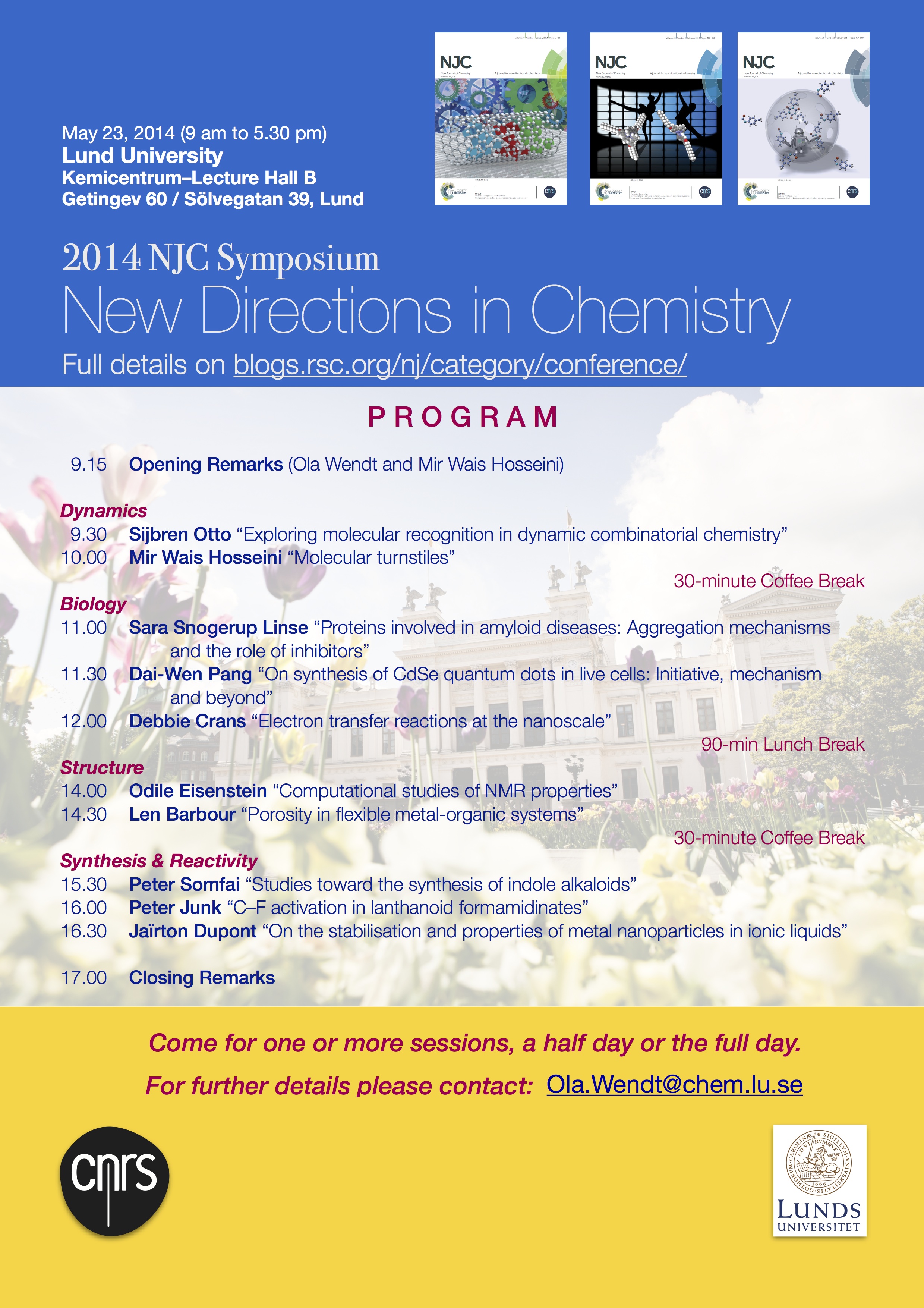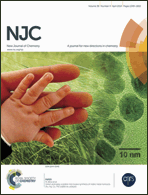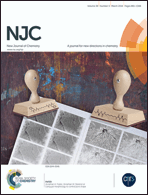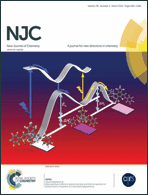Metal-oxide based (usually charged) clusters span two states of matter: crystalline (solid) state and soft (liquid) state. In the crystalline state the clusters exist as discrete entities, as polyoxometalates. In the liquid state the clusters exist as soft-oxometalates (which includes super-structures resulting from unusual association phenomenon). Other clusters of similar or related composition are likely to have properties and applications that compare to those of the more defined POMs and SOMs. Emergent properties of oxometalates and related clusters in catalysis, as active materials, and for biological applications involving both polyoxometalates and soft-oxometalates are areas of rapid development.
The present themed issue aims to bring under one umbrella state-of-the-art research activities in molecular materials and active soft-matter through to biological applications involving polyoxometalates, clusters and soft-oxometalates. Starting from the design of molecular materials based on polyoxometalates or other defined building blocks to the exploration of their catalytic potential in the matter of water oxidation, the fabrication of fuel cells, and conventional catalysis, this issue will also touch upon the biological applications of polyoxometalates. Contributions of recent advances in the use of soft-oxometalates for the construction of materials, in catalysis, phase transitions, patterning, overarching the areas of active soft-matter and biology, where oxometalates also play a role, are also solicited.
Research papers and reviews dealing with the presented fields are welcome for the preparation of this themed issue of the New Journal of Chemistry.
Scope
Contributions based on poly- and soft-oxometalate and cluster research that can lead to emergent phenomena and futuristic materials with a wide range of applications. Papers and reviews covering the conception and realisation of the POMs/SOMs and related clusters, their fundamental properties, perspectives for soft-matter, biological effects, and applications (including, but not limited to, in water oxidation, catalysis, and biology).
Guest Editors
Prof. Soumyajit Roy (Materials Science Centre, Indian Institute of Science Education & Research, Kolkata, India)
Prof. Debbie C. Crans (Department of Chemistry, Colorado State University, Fort Collins, USA)
How to submit and deadline
Contributions to this themed issue are to be made through the NJC manuscript submission website. Please clearly indicate in the comments to editor that the contribution is intended for the Emergent POM-Cluster-SOM themed issue.
Please use the appropriate manuscript template and select the correct format for your contribution when submitting your manuscript. The formats are clearly defined in the table below.
All contributions will undergo the usual evaluation process (download the January 2015 editorial here).
The deadline to submit is May 1, 2015. Contributions received after this date will be considered but inclusion in the themed issue, if accepted, is not guaranteed.
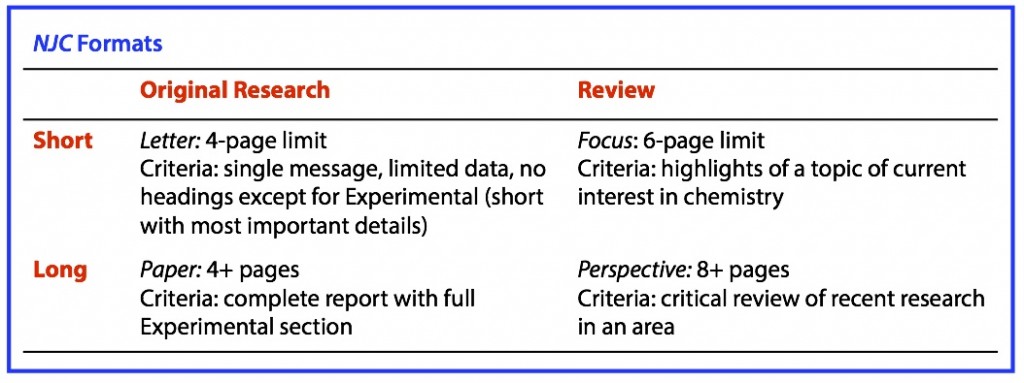
Chart of manuscript formats published in NJC
For further information:
Read NJC
More news
Submit to NJC
Contact us: NJC “at” UM2.FR


